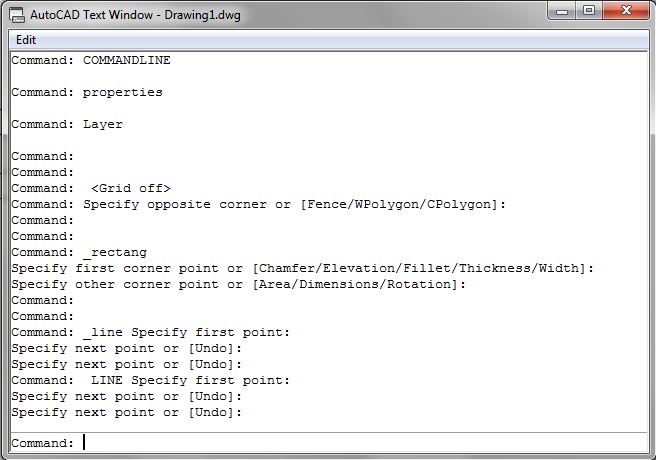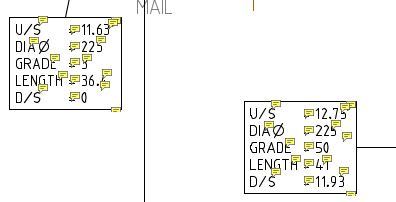


The END to END check box combines objects that don’t overlap, but are end to end, such as two colinear lines with one common endpoint. The Centerline tool creates centerline geometry of a sp ecified linetype in association with selected lines and polylines. Then, the F8 key will turn-on, or turn off, ORTHO, so I can make a line straight up, down, left, or right (90degrees, per the window). Then I choose my starting point (using an object snap if its not the first line of the drawing). You can access the Center Mark and Centerline tools from the Annotate ribbon tab. Answer (1 of 2): I usually start the LINE command by typing L. The OVERLAP check box, also on by default, combines objects that partially overlap into one object. AutoCAD 2017 offers powerful new tools for creating and editing centerlines and center marks. If you uncheck this, the command only removes duplicates of entire polylines. The PLINES check box, on by default, removes duplicate line or arc segments within a polyline, or lines and arcs that overlap a polyline.


You can change this to 0, to delete only objects that are exactly on top of each other. The 'copy in place' command has this macro: 'CCcopy. In properties edit the macro of your new command. Rename your command to accurately describe what it will do. Right click in the command list and select 'New Command'. This will bring up the 'Customize User Interface' dialog box. For example, you could quickly select all the lines. Select the current workspace (as shown) Expand Palettes (as shown) Select Command Line (as shown) Then under the Properties click the flyout next to Orientation and select where you want the position of the command line to be. Type 'cui' in the command line and press enter. The default, 0.000001, deletes almost exact objects. With it, AutoCAD will search for and select all other objects that are like the object(s) you have selected. The Numberic Fuzz text box determines how exact two objects must be to be considered duplicates. For example, you can check the Ignore LAYERS check box to delete overlapping lines, even if they are on different layers. and choose Reset Palettes or enter RESETPALETTES on the command line. You can specify lots of settings to control the process. In the command prompt area, near the bottom of the AutoCAD drawing screen, the message line Specify first point: is displayed. Note: The reset utility for AutoCAD 2016 is found under Start menu > Autodesk. If there are duplicate or overlapping objects, you’ll see a message like this: To see the number of blocks type BCOUNT on the command line and press enter The lisp I want is looking for a reading that lists hundreds of lines in text. To keep the default settings, just click OK. Then press Enter again to end object selection. When you start the command, the next prompt is Select objects: and you can type all and press Enter to apply the command to the entire drawing. For that reason, many people don’t know about it. However, it’s not on the menu, toolbar, or ribbon, so you have to type it on the command line. This command deletes duplicate objects and goes further to combine overlapping lines and arcs. The OVERKILL command, part of Express Tools, can help. Get the most out of new features with seamlessly delivered product updates and learning content. Now select Existing option from the command line and then select scale factor option and then type the scale in which you want to convert the text height and press enter. We’ve looked into each of these commands in detail here, and now we would like to have a global view of all that is needed so far.Althought duplicate and overlapping lines in our drawings are invisible they waste ink and mean that your drawing isn’t accurate. To use this command type SCALETEXT on the command line press enter and select the text from drawing area and press Enter again.


 0 kommentar(er)
0 kommentar(er)
